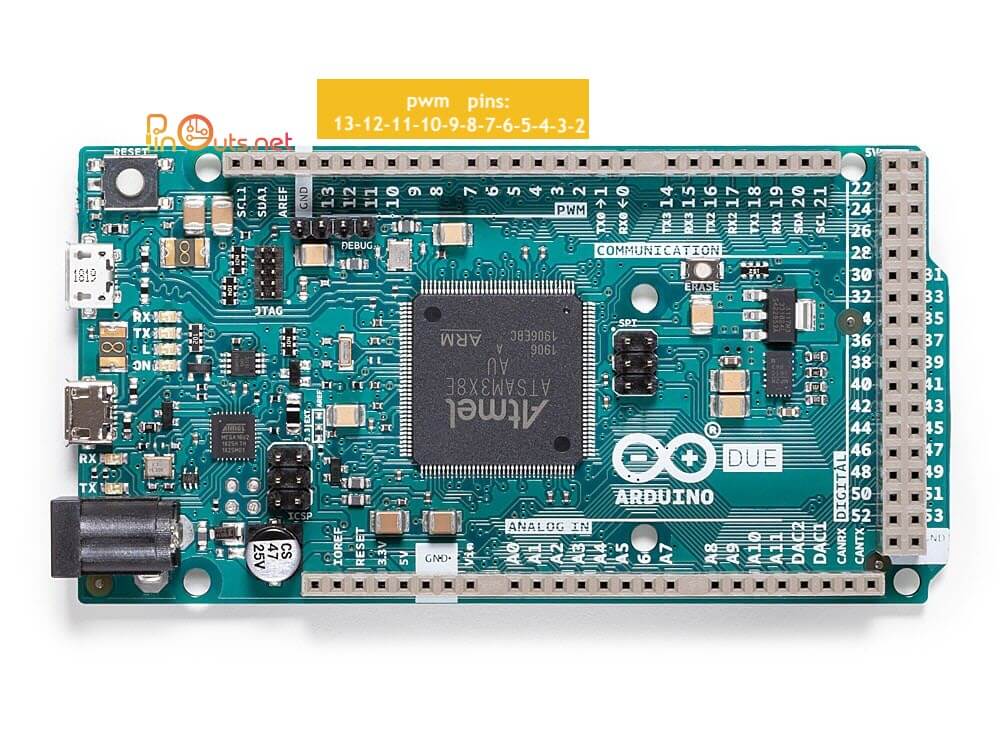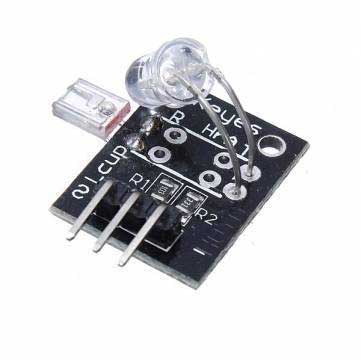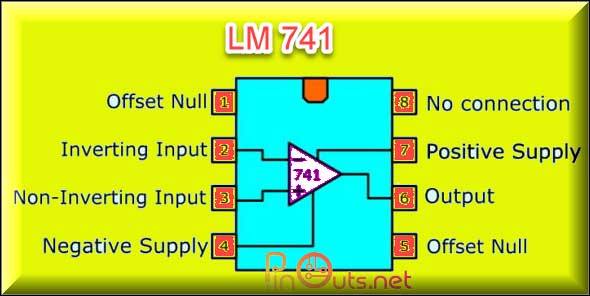What is Heartbeat detector module?

A heartbeat detector module is an electronic device that is used to detect and measure a person’s heart rate or pulse. It typically consists of a sensor that can detect the electrical activity of the heart or the blood flow in a specific part of the body, such as the finger or wrist.
The sensor in a heartbeat detector module is usually connected to a microcontroller or a processing unit that can analyze the data received from the sensor and provide an output in the form of a visual or auditory signal. This signal can be used to indicate the heart rate or pulse rate of the person being monitored.
Heartbeat detector modules are commonly used in medical applications, such as monitoring patients during surgery or in intensive care units. They can also be used in fitness trackers, smartwatches, and other wearable devices to monitor the user’s physical activity and overall health.
Heartbeat detector module using areas?

A heartbeat detector module can be used in various areas, including medical, fitness, and consumer electronics applications.
- Medical applications: In medical settings, heartbeat detector modules are commonly used to monitor patients during surgeries, in intensive care units, or during cardiac stress tests. They can also be used to monitor patients with heart conditions or to diagnose cardiac arrhythmias.
- Fitness applications: Heartbeat detector modules are often integrated into fitness trackers and smartwatches to monitor the user’s heart rate during exercise or other physical activities. This can help users to track their fitness goals and monitor their overall health.
- Consumer electronics applications: Heartbeat detector modules are also used in consumer electronics products such as smartphones, headphones, and virtual reality headsets. In these applications, they are used to provide biometric data to enhance user experience or to track physical activity.
Overall, heartbeat detector modules have a wide range of applications and can be used in various settings to monitor heart rate and pulse, providing important health and fitness data.
How to make heartbeat detector module using Arduino?
To build a heartbeat detector module using Arduino, you will typically need the following components:
- Arduino board: This is the main controller that runs the code and communicates with other components.

- Heartbeat sensor: This is the sensor that detects the heartbeat, usually a photoplethysmography (PPG) sensor or an electrocardiography (ECG) sensor.
- LED or LCD display: This is an optional component that can be used to display the heart rate or pulse reading.

- Breadboard and jumper wires: These components are used to connect the Arduino board to the other components.
- Power source: You will need a power source such as a battery or USB cable to power the Arduino board and other components.
- Resistor: A resistor is often used to limit the current flowing through the LED.
- Capacitor: A capacitor may be added to the circuit to help stabilize the power supply and reduce noise.
- Optional components: You may also choose to add additional components, such as a buzzer, to provide audio feedback or a Bluetooth module to send data to a mobile device.
By using these components, you can build a heartbeat detector module that can detect and display the heart rate or pulse of the user.
Sample arduino code for heartbeat detector with Arduino:
int ledPin = 13; // LED pin
int sensorPin = A0; // PPG sensor pin
int pulse = 0; // pulse reading
int threshold = 550; // threshold value for detecting a pulse
void setup() {
pinMode(ledPin, OUTPUT);
Serial.begin(9600);
}
void loop() {
int sensorValue = analogRead(sensorPin);
Serial.println(sensorValue);
if (sensorValue > threshold) {
digitalWrite(ledPin, HIGH);
if (pulse == 0) {
pulse = millis(); // record the time of the pulse
}
} else {
digitalWrite(ledPin, LOW);
if (pulse != 0) {
int heartRate = 60000 / (millis() – pulse); // calculate the heart rate
Serial.print(“Heart rate: “);
Serial.println(heartRate);
pulse = 0;
}
}
delay(10);
}
10 best projects you can do with Heartbeat detector with Arduino
- Heartbeat Monitor Using Arduino and Pulse Sensor: This project uses a pulse sensor and an OLED display to monitor and display the user’s heart rate. The code is written in Arduino and is available on the Hackster.io website.
- Arduino Heart Rate Monitor with LCD Display: This project uses a PPG sensor and an LCD display to monitor and display the user’s heart rate. The code is written in Arduino and is available on the CircuitDigest website.
- DIY ECG with an Arduino: This project uses an ECG sensor and an OLED display to create a portable ECG device. The code is written in Arduino and is available on the Hackaday website.
- Wearable Heartbeat Sensor: This project uses a PPG sensor and a Bluetooth module to send heart rate data to a mobile device. The code is written in Arduino and is available on the Instructables website.
- Arduino Heart Rate Monitor with MAX30102 Sensor: This project uses a MAX30102 sensor and an OLED display to monitor and display the user’s heart rate. The code is written in Arduino and is available on the Arduino Project Hub website.
- Pulse Rate and Blood Oxygen Level Monitor: This project uses a PPG sensor and a MAX30100 sensor to measure both heart rate and blood oxygen levels. The code is written in Arduino and is available on the Instructables website.
- DIY Heart Rate Monitor with an Arduino: This project uses a PPG sensor and an LCD display to monitor and display the user’s heart rate. The code is written in Arduino and is available on the Electromaker website.
- Heartbeat Sensor with a TFT Display: This project uses a PPG sensor and a TFT display to monitor and display the user’s heart rate. The code is written in Arduino and is available on the Open Electronics website.
- Portable Heart Rate Monitor with OLED Display: This project uses a PPG sensor and an OLED display to create a portable heart rate monitor. The code is written in Arduino and is available on the Arduino Project Hub website.
- Arduino Pulse Sensor Tutorial: This project provides a step-by-step tutorial on how to build a heartbeat detector using a PPG sensor and an Arduino board. The tutorial is available on the Adafruit website.








